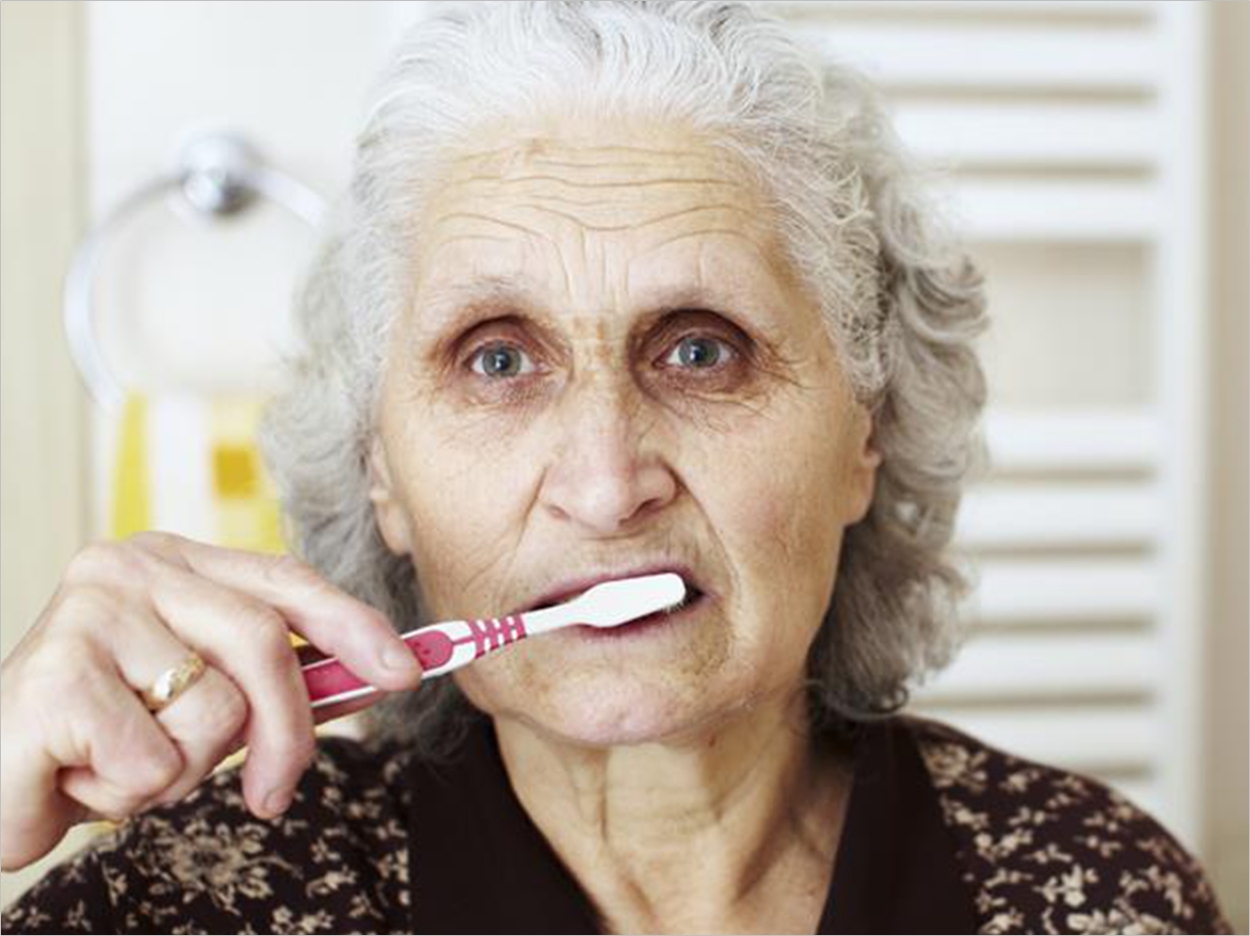
Tailored preventive oral health interventions can significantly improve the cleanliness of teeth and dentures among elderly home care residents, reports the University of Eastern Finland. Also, the researchers associated functional ability and cognitive function with this better oral hygiene.
The research was part of a larger intervention study called NutOrMed—optimizing nutrition, oral health, and medication for older home care clients—that was started in 2013. It comprised a 6-month oral health and nutrition intervention among home care residents in Eastern and Central Finland aged 75 years or older.
There were 151 subjects in the intervention group with a mean age of 84 years and 118 subjects in the control group, mean age 85 years. Both groups were interviewed and received oral examinations. The intervention group also received a tailored intervention of oral and denture hygiene and was advised to brush at least twice a day with fluoride toothpaste and to clean interdental spaces, dentures, and oral mucosa daily.
Both groups were interviewed and examined again after 6 months. The intervention significantly reduced the number of plaque-covered teeth, which also was associated with functional ability and cognitive function, and improved denture hygiene. However, nearly half of the teeth in the intervention group still had plaque even after the intervention. In the control group, oral health habits deteriorated during the 6-month follow-up.
The researchers noted that oral health markedly affects the quality of life, nutrition, and general health of older adults. Also, cognitive impairment and functional dependency often lead to compromised daily oral hygiene.
The researchers, then, encourage oral care personnel to plan individualized and realistic preventive regimes for elderly home care residents. Furthermore, additional support should be included in daily care plans carried out by home care nurses for those residents who need help with their oral hygiene.
The study, “Preventive Oral Health Intervention Among Old Home Care Clients,” was published by Age and Aging.
Related Articles
Older Americans Still Face Barriers in Oral Healthcare











